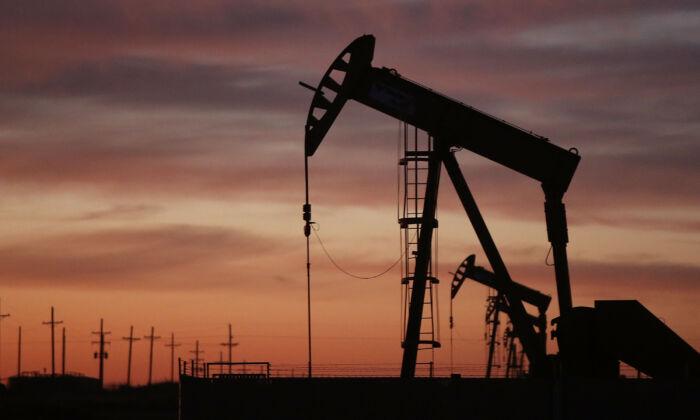Natural gas production in the United States is declining even as several countries, especially in Europe, are looking for alternative sources while they attempt to cut back dependence on Russian gas supplies.
Pipelines in the Permian Basin—the second-biggest source of gas in the country, which contributed 19 percent of America’s gas supply in 2021—are quickly filling up. As such, the basin, located in Texas and New Mexico, could see slower production growth in 2023 unless new pipelines are built.
Multiple pipeline projects have also been canceled or stalled.
The proposed Atlantic Coast Pipeline, which would have crossed under the Appalachian Trail through West Virginia, Virginia, and North Carolina, was canceled in 2020 after it became clear that costs would surge to $8 billion from the earlier maximum estimate of $6.5 billion. Developers announced in March 2022 that the project would resume and should be completed by summer 2023.
The $6.2 billion Mountain Valley Pipeline, which would move gas between West Virginia and Virginia, is yet to be completed as the project remains entangled in lawsuits.
“This project may be the last large greenfield natural gas pipeline to go into service east of the Mississippi River for some time,” analysts at ClearView Energy Partners said, according to Reuters, while adding that the Mountain Valley Pipeline should come into service by mid-2023.
Appalachia’s gas output has grown at an average of 36 percent per year between 2010 and 2019. In the case of the Permian Basin, gas output grew by an average of 17 percent per year between 2012 and 2020, declining to 8 percent in 2021.
In Europe, the rush to find alternative gas suppliers has become urgent after Russian energy firm Gazprom cut off natural gas supplies to Bulgaria and Poland, triggering fears that Moscow might take such measures against other countries in the region. The European Union imports about 40 percent of its natural gas from Russia.
Earlier in 2022, the EU signed an agreement with the United States in which America will supply at least 15 billion cubic meters (529 billion cubic feet) of liquefied natural gas (LNG) to the region in 2022.
The biggest European economies import about 18.3 billion cubic feet per day (cfd) of gas from Russia. The United States has the capacity to export about 9.8 billion cfd of LNG.





